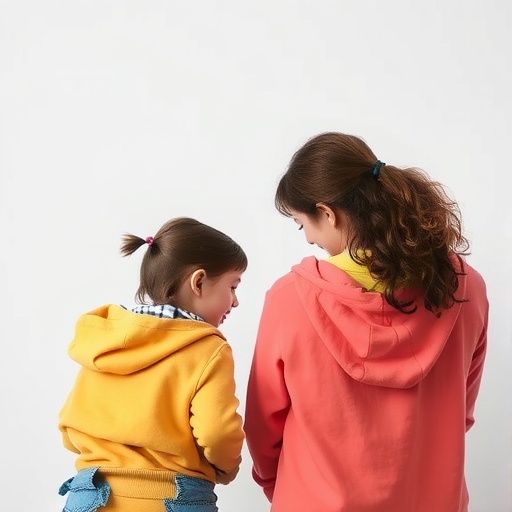Online media use such as social networking and gaming could be strongly influenced by our genes, according to a new study by researchers from King's College London.
Access to and engagement with online media continues to grow at an unprecedented speed, and it plays an increasingly important role in the development and experience of people across all age groups. Nonetheless, people differ substantially in their use of online media and researchers are interested in finding out why people differ so much. For instance, do genetic differences between people affect their engagement with online media?
Published today in PLOS ONE, the study looked at online media use in more than 8,500 16-year-old twins from the Twins Early Development Study (TEDS). By comparing identical twins (who share 100 per cent of their genes) and non-identical twins (who share 50 per cent of their genes), the researchers were able to estimate the relative contribution of genes and environment on individual differences in engagement with a range of online media, including games for entertainment and education, as well as time spent on chat rooms, instant messaging platforms and Facebook.
Heritability was substantial for time spent on all types of media including entertainment (37 per cent) and educational (34 per cent) media, online gaming (39 per cent) and social networking (24 per cent). Heritability describes the degree to which differences between children – in this case their use of online media – can be attributed to inherited genetic factors, rather than the effects of their environment.
In addition, unique environmental factors accounted for nearly two-thirds of the differences between people in online media use. Unique environmental factors could include varying access to media sources within a family, such as one sibling having a personal mobile phone and the other not, or parents monitoring use of social networks more heavily for one sibling compared to the other.
Together, these findings challenge the belief that people are passively exposed to media and instead support a view that people tailor their online media use based on their own unique genetic predispositions (a concept known as gene-environment correlation).
Ziada Ayorech, first author of the study from the Institute of Psychiatry, Psychology & Neuroscience (IoPPN) at King's College London, said: 'Our findings contradict popular media effects theories, which typically view the media as an external entity that has some effect – either good or bad – on 'helpless' consumers. Finding that DNA differences substantially influence how individuals interact with the media puts the consumer in the driver's seat, selecting and modifying their media exposure according to their needs.'
Professor Robert Plomin, senior author from the IoPPN at King's College London, said: 'The key component of this gene-environment correlation is choice, such that individuals are not simply passive recipients of their environment but instead actively select their experiences and these selections are correlated with their genetic propensities.'
These results raise questions about personalised media and the extent to which social media 'filter bubbles' only expose us to information that supports our own point of view, while sheltering us from conflicting arguments.
However, Professor Plomin points out that individual differences would still play an integral role here: 'Where one person may seek online media that only supports their views, another may choose to also explore conflicting viewpoints.'
###
Media Contact
Jack Stonebridge
[email protected]
020-784-85377
@kingscollegelon
http://www.kcl.ac.uk
############
Story Source: Materials provided by Scienmag




